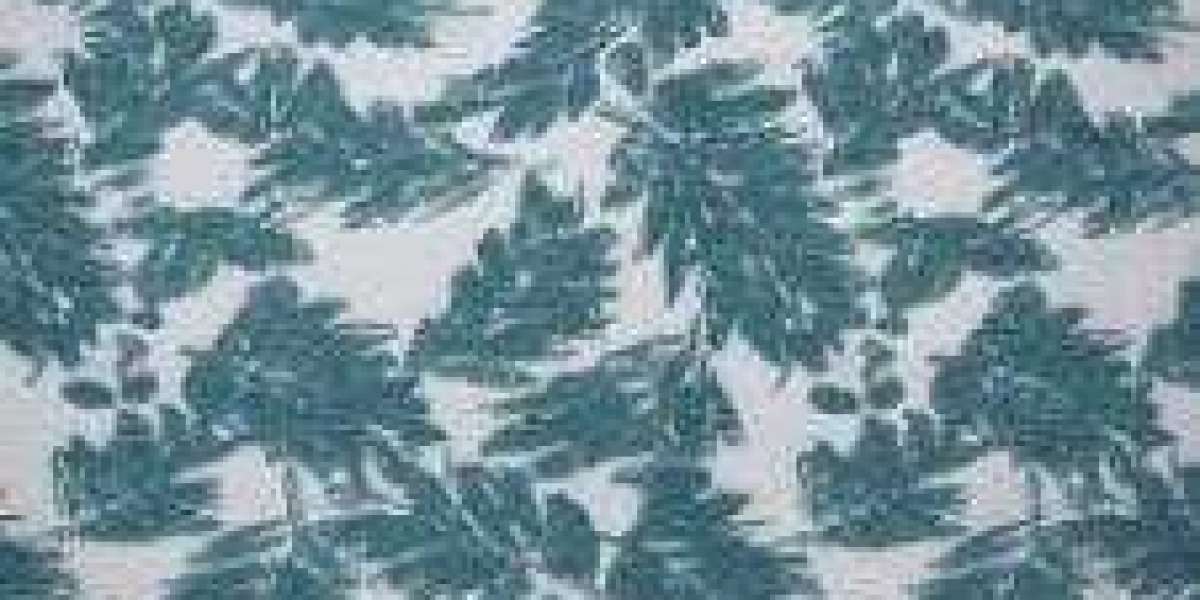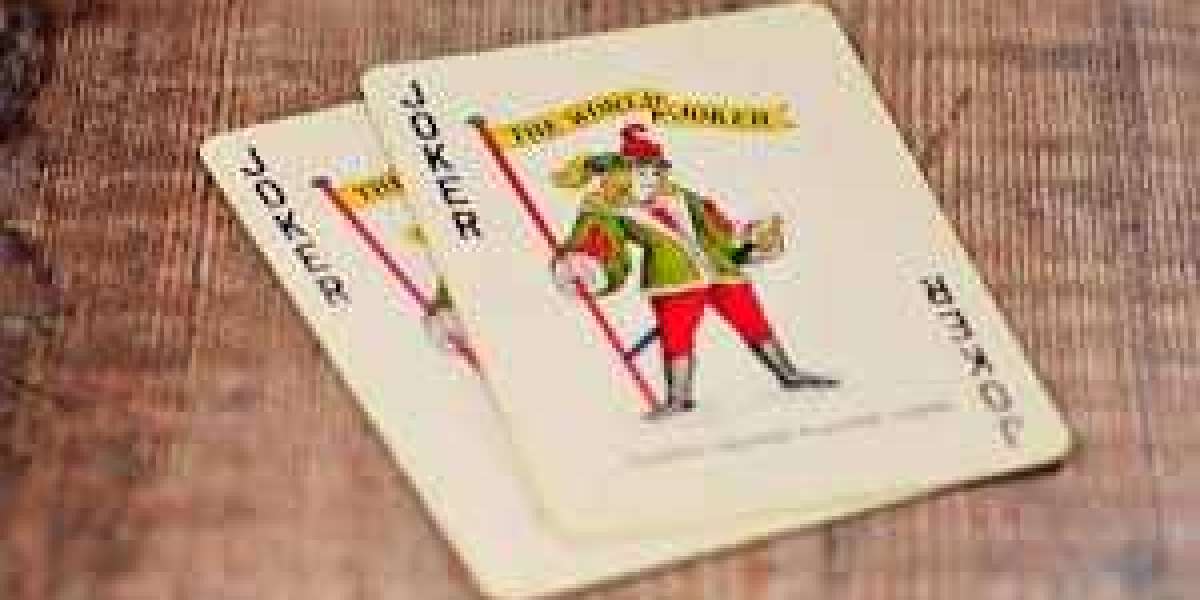There are two types of chenille fabrics. One is an upholstery made of cotton and synthetic fibers that can be used as a chenille carpet fabric, ideal as a home upholstery fabric. The other is for practical purposes such as baby products, gowns, and towels, which are 100% cotton.
The fluffy texture of the chenille makes it very soft to the touch. Manufacturers achieve thickness by wrapping short lengths of yarn between the two main yarns.
The result is a fabric with an iridescent look that makes your furniture look more comfortable. Although called "poor man's velvet" for its velvety appearance, chenille brings elegance to your home.
Another feature of chenille fabric is its warmth retention. Its insulating properties make the material suitable for quilts and blankets.
Alexander Buchanan was the first to make chenille yarn into fabric. In the 1830s, fabric factory foreman used it to produce shawls in Scotland. Many people like this material because of its comfortable and soft texture.
He introduced chenille to England to mass-produce "fluff shawls". The process involves weaving tufts of colored wool into a blanket, then cutting them into small strips. Then, using a hot roller gives a "frizzy" effect.
William Quigley and James Templeton refined Buchanan's technique while creating imitation oriental rugs. Templeton succeeded after patenting the method, becoming a rug maker in the 19th and 20th centuries.
Tongxiang Caiya Cloth Art Factory is a sofa fabric manufacturer. The company sells sofa cushion fabric, chenille carpet fabric, bedspread fabrics, and other home textile fabrics all year round.







